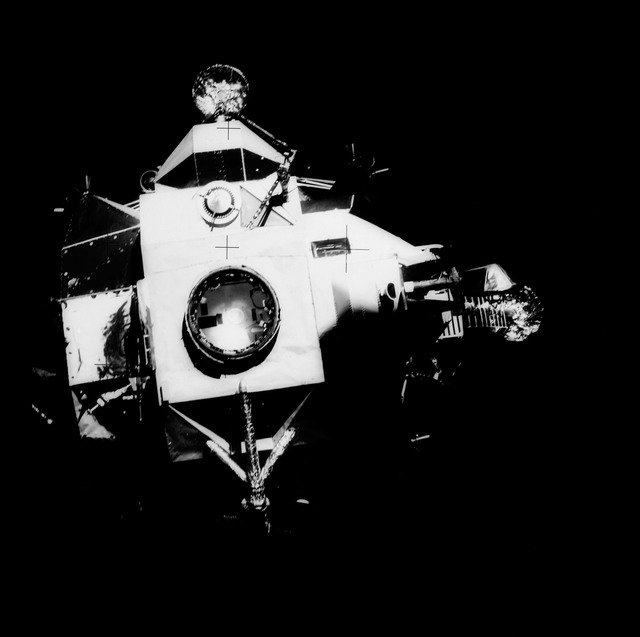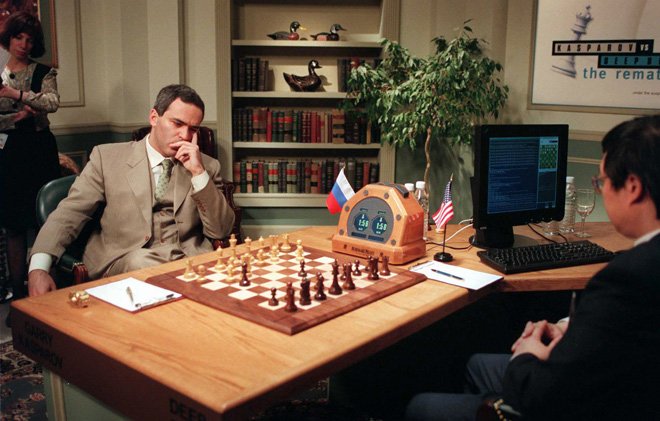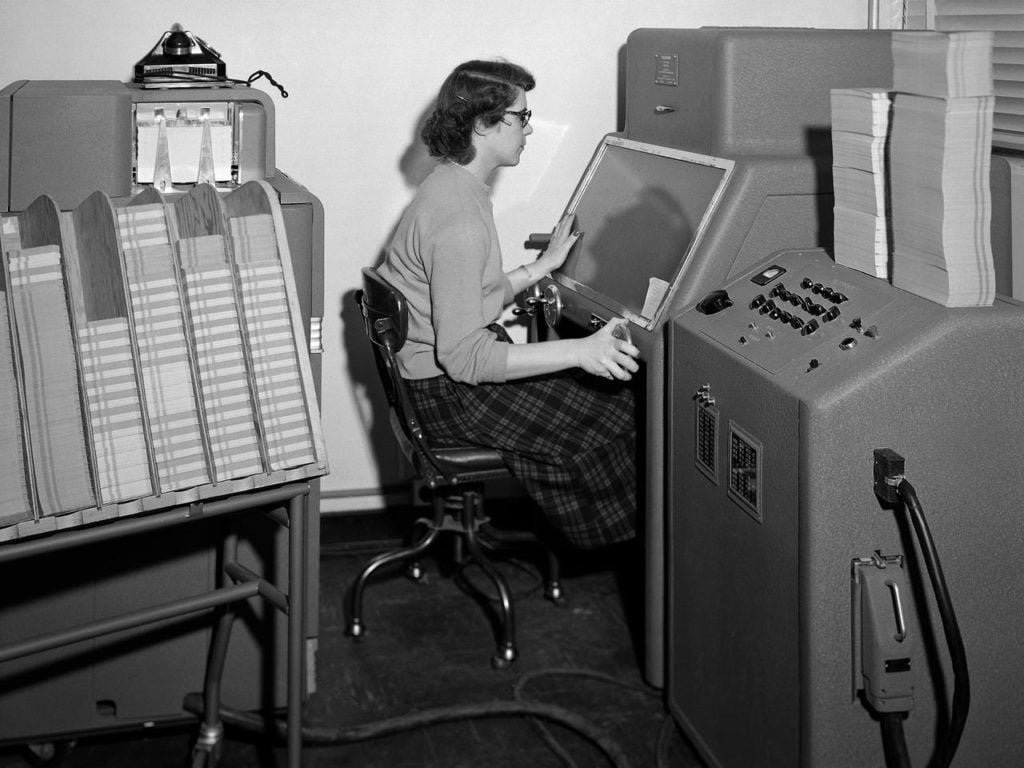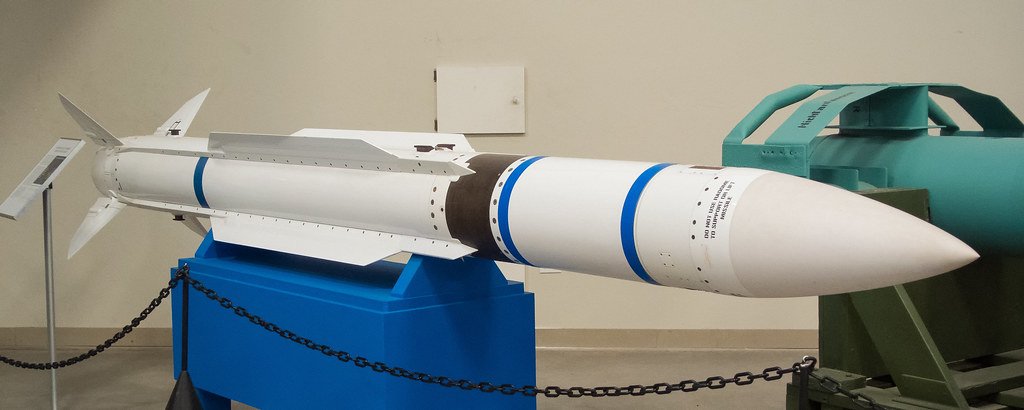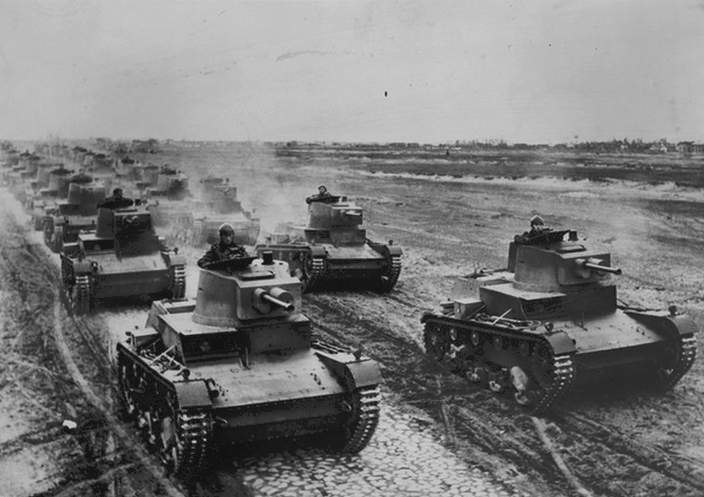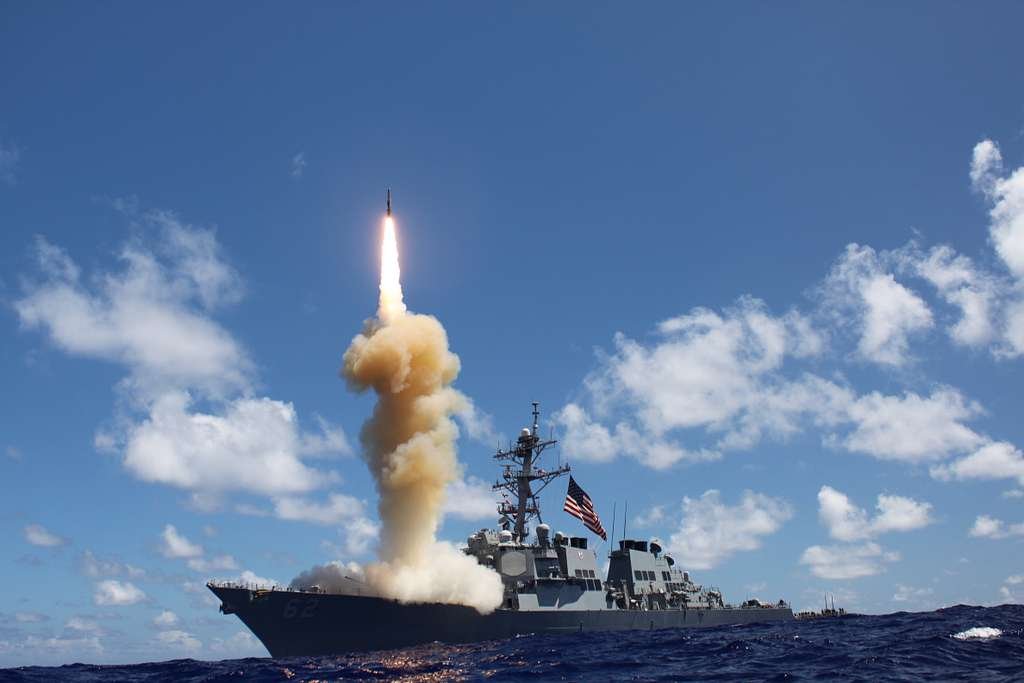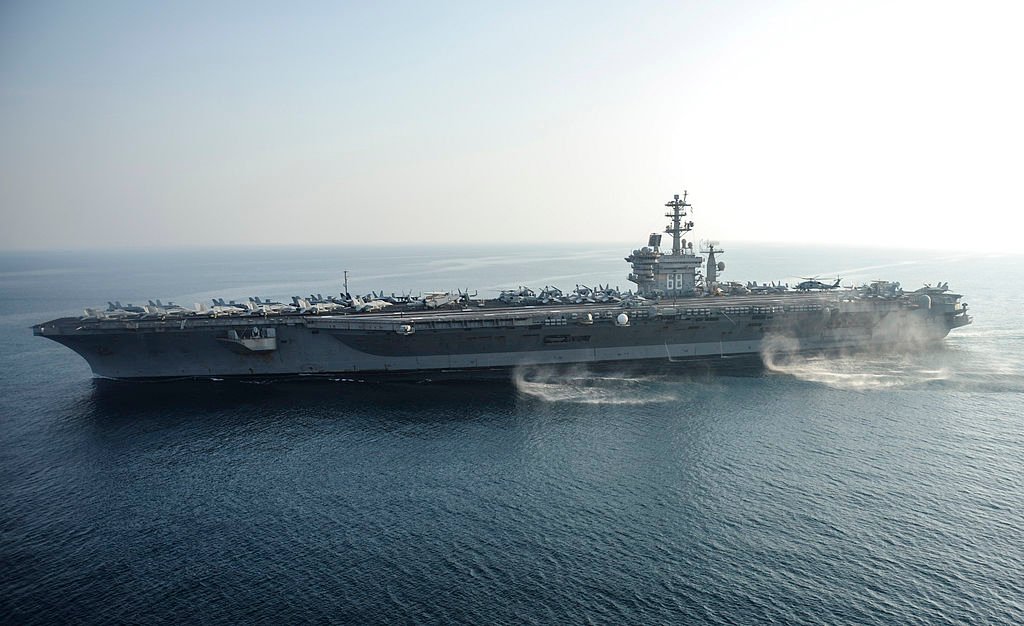World War II stands as a memorable chapter in the annals of human history. During this unprecedented global conflict, the world bore witness to the deployment of some of the most lethal and most transformative weapons ever designed. From innovations in technology to devastating firepower, these instruments of destruction not only altered the course of the war but also left an enduring impact on the evolution of warfare itself. In this blog, we embark on a comprehensive journey to explore the 12 most lethal weapons employed during World War II, delving into their historical significance and their lasting influence on the world.
Table of Contents
What weapon had the most kills in WW2?
During World War II, one of the most lethal weapons in terms of causing casualties and destruction through aerial bombardment was the B-29 Superfortress, particularly when it was used to drop incendiary bombs on Japanese cities.
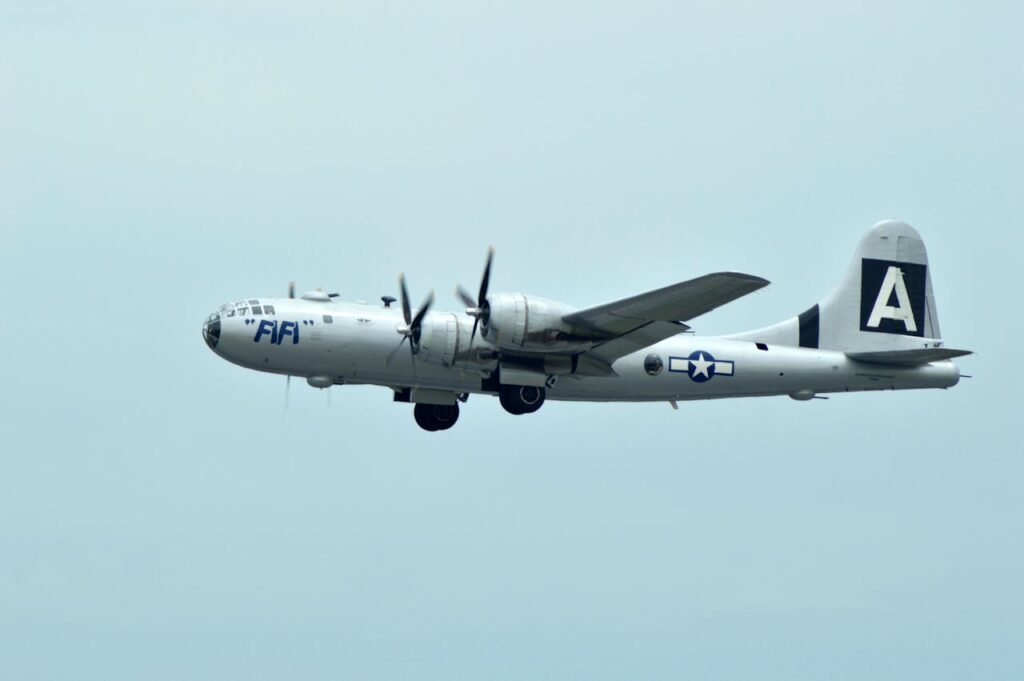
The firebombing campaigns against cities like Tokyo, Yokohama, and others caused a staggering loss of life. The most infamous of these raids was the firebombing of Tokyo on the night of March 9-10, 1945, in which over 100,000 people were killed and much of the city was reduced to ashes. These incendiary raids, carried out by B-29 bombers, resulted in a significant portion of the civilian casualties during World War II.
It’s important to note that the distinction between weapons causing the most kills in terms of sheer numbers can be somewhat subjective because different factors like tactics, target selection, and circumstances can influence the outcome of aerial bombardments.
Nevertheless, the firebombing campaigns carried out by B-29 Superfortresses had a devastating impact on civilian populations in Japan during World War II.
What were the craziest weapons in WW2?
World War II saw the development and deployment of some incredibly innovative and unconventional weapons. While these may not necessarily be considered “crazy,” they were indeed unique and pushed the boundaries of military technology and tactics. Here are a few notable examples:
1. Bat Bombs
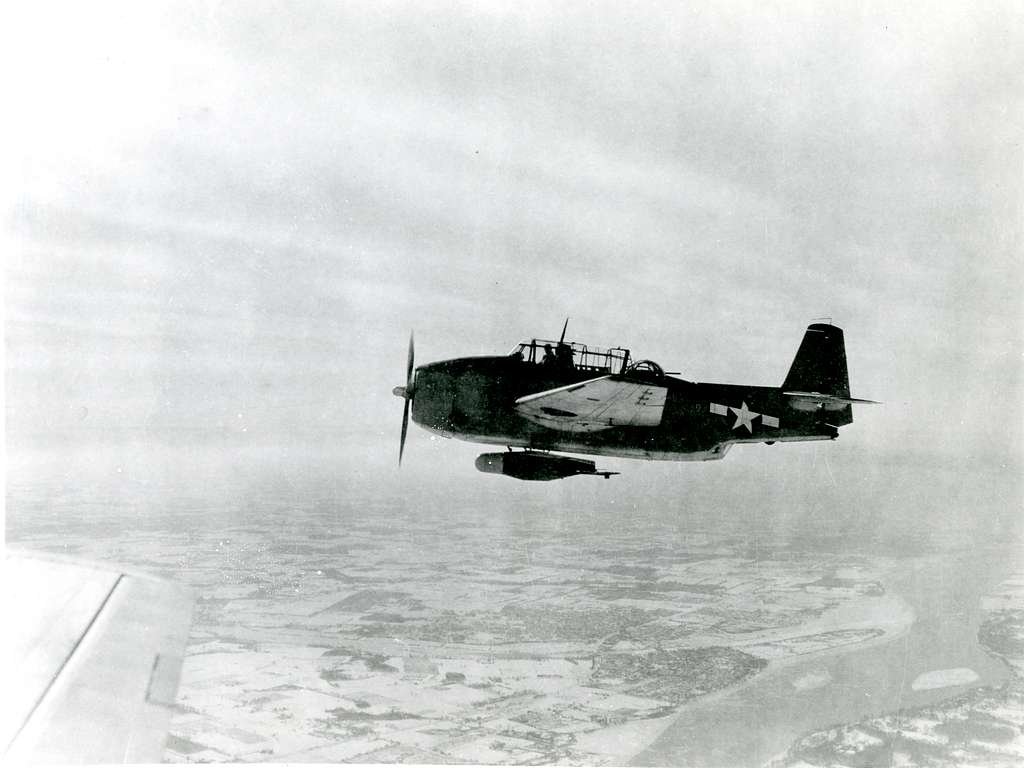
This was a proposed project by the United States to attach incendiary bombs to bats and release them over Japan. The idea was that the bats would roost in buildings, and then the explosive devices would detonate, causing widespread fires. While the project was tested with some success, it was ultimately abandoned.
Project Habakkuk (Ice Aircraft Carrier)
The British proposed building an aircraft carrier out of a mixture of ice and wood pulp called “pykrete.” This giant floating ice island was intended to serve as a mid-Atlantic refueling station and aircraft platform. While a prototype was constructed, the project was deemed impractical and was never put into service.
The Windkanone (Wind Cannon)
Nazi Germany experimented with a device known as the “Windkanone,” which was essentially a large pipe that emitted compressed air. The idea was to create strong winds to knock down enemy aircraft. However, it proved to be ineffective and was never deployed on a large scale.
The Natter Rocket Plane
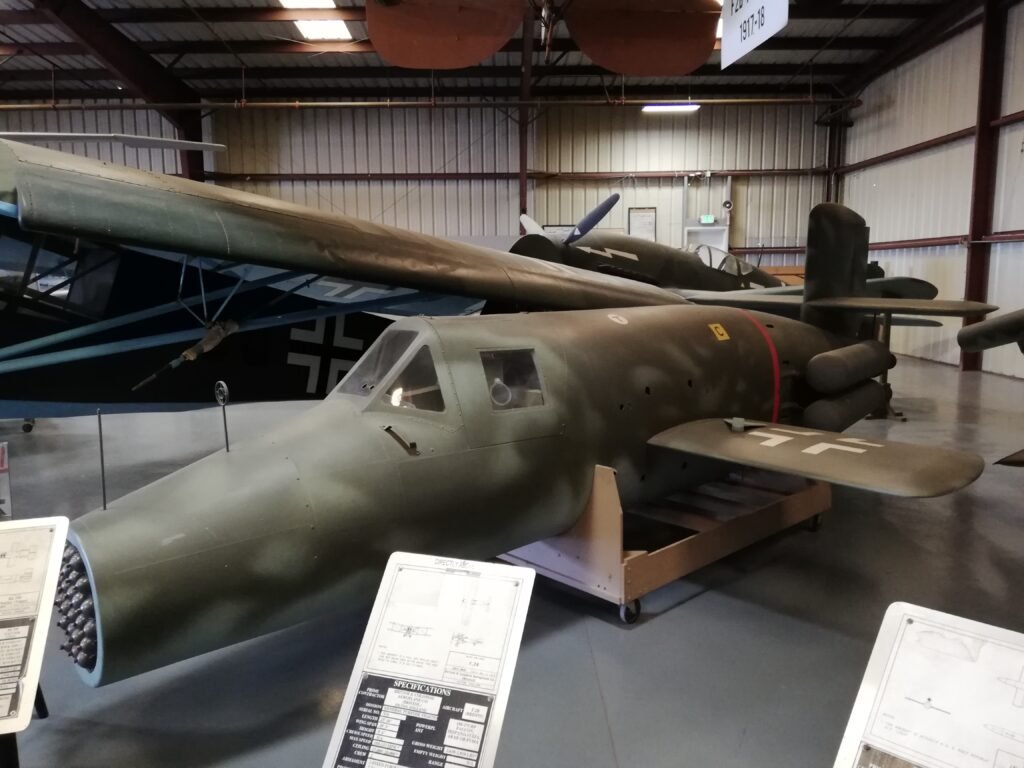
Nazi Germany developed the Bachem Ba 349 Natter, a rocket-powered interceptor plane launched vertically. The pilot would engage enemy bombers and then escape using a parachute. The aircraft never saw significant combat use.
The Goliath Tracked Mine
Used by Nazi Germany, the Goliath was a remote-controlled tracked vehicle filled with explosives. It was designed to be driven under enemy tanks and detonated. While not crazy in concept, it was an early form of remote-controlled warfare.
The Kaiten Human Torpedo
Japan developed the Kaiten, a manned suicide torpedo that was meant to be piloted by a single submariner directly into an enemy ship. It was a desperate and deadly tactic employed in the later stages of the war.
Most Lethal Weapons in World War II
The Atomic Bomb

The atomic bomb, an icon of destruction, reigns supreme as the most devastating weapon associated with World War II. Born from the secretive Manhattan Project, the United States dropped two atomic bombs, code-named “Little Boy” and “Fat Man,” on the Japanese cities of Hiroshima and Nagasaki in August 1945. These cataclysmic events compelled Japan’s surrender and marked the beginning of the nuclear age, reshaping the world’s perception of warfare.
The V-2 Rocket
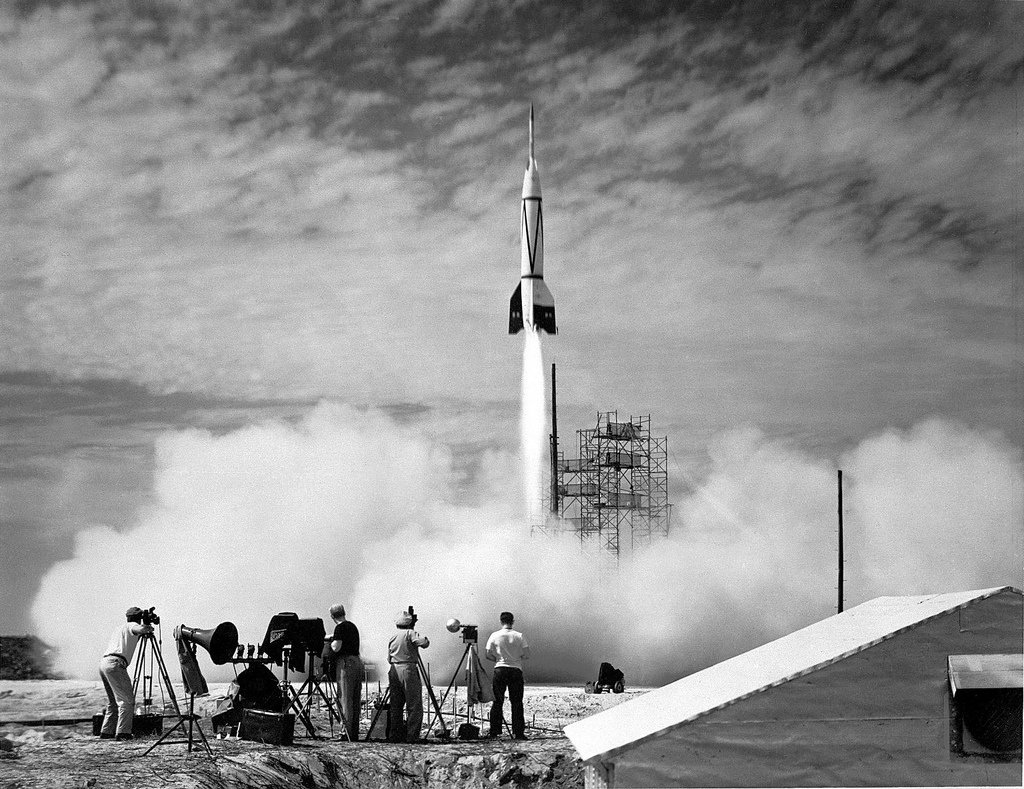
Nazi Germany’s V-2 rocket stands as a pioneering achievement in the realm of rocketry. It was the world’s first long-range guided ballistic missile and laid the foundation for future space exploration endeavors. The V-2’s use in terrorizing Allied cities, most notably London, left an indelible mark, with its technological advancements contributing significantly to the subsequent space race during the Cold War.
The B-29 Superfortress
The B-29 Superfortress, a marvel of aviation engineering, revolutionized strategic bombing during World War II. Boasting an impressive operational range and payload capacity, it became the go-to aircraft for executing devastating bombing raids. The B-29’s most famous missions involved the deployment of atomic bombs on Japan, rendering it an indispensable instrument in the war effort and a catalyst for post-war aviation advancements.
The Tiger Tank
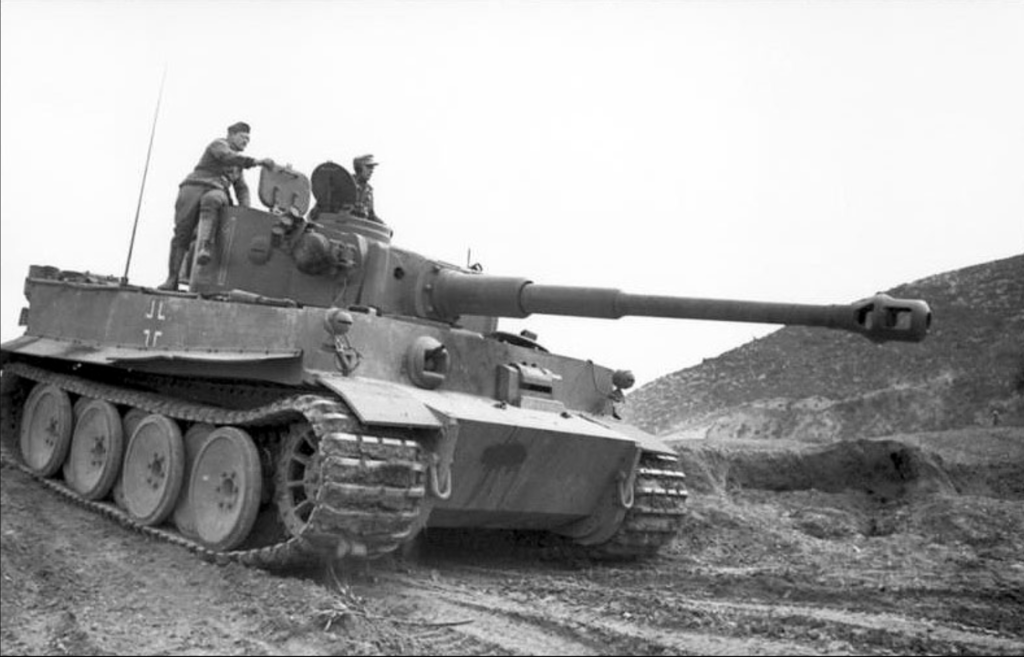
Nazi Germany’s Tiger tank stood as a menacing force on World War II battlefields, earning its reputation as one of the most formidable tanks of the era. With its thick, impenetrable armor and a devastating 88mm gun, it struck fear into the hearts of Allied tank crews. Beyond its immediate impact, the Tiger tank’s cutting-edge design and firepower set new standards in tank development, leaving an enduring legacy in the evolution of armored warfare.
The P-51 Mustang
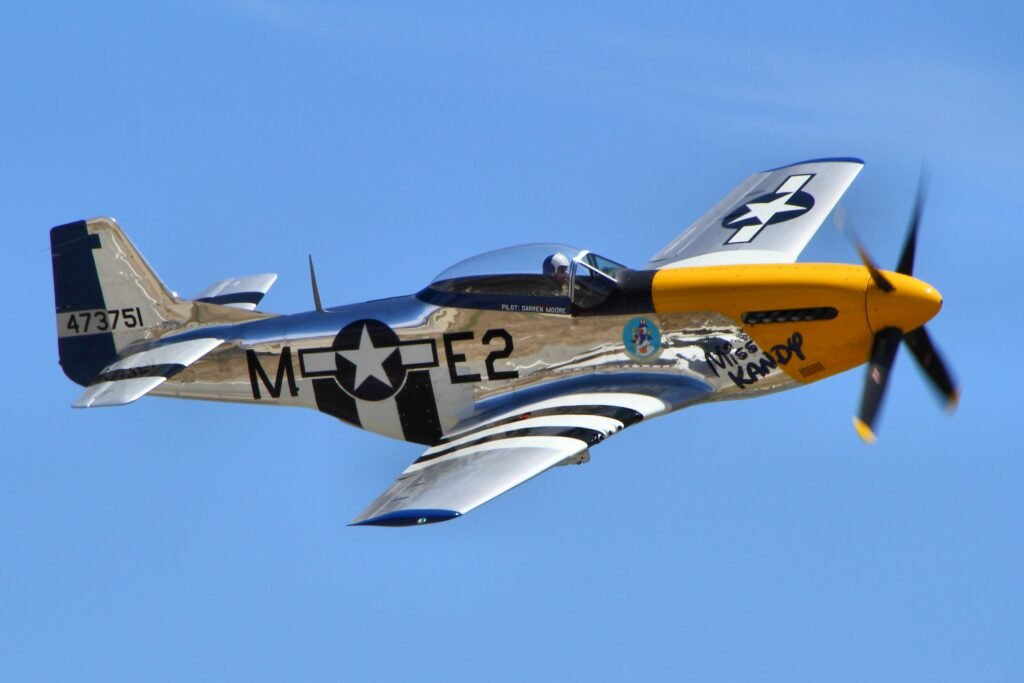
The P-51 Mustang, an iconic fighter aircraft of the Allied forces, revolutionized air warfare. Its extraordinary range and impressive speed made it a crucial asset for vital air support during extended European missions. The P-51’s pivotal role in securing air superiority played an instrumental part in the ultimate triumph of the Allied forces in World War II.
The Sturmgewehr 44
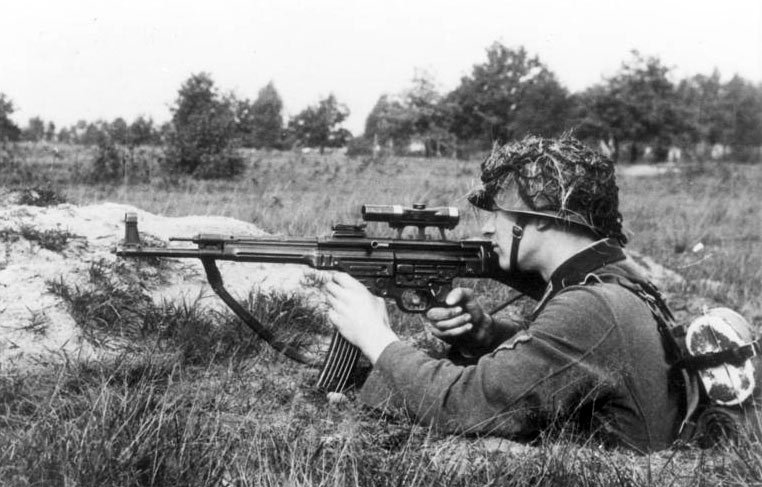
The Sturmgewehr 44, a groundbreaking creation of Nazi Germany, is often regarded as the progenitor of the modern assault rifle. This revolutionary firearm seamlessly bridged the gap between submachine guns and traditional rifles. Distinguished by its select-fire capabilities, it could switch between semi-automatic and fully automatic firing modes. The Sturmgewehr 44’s innovative design not only played a pivotal role in shaping today’s assault rifles but also ushered in a transformative era of infantry tactics.
The Enigma Machine
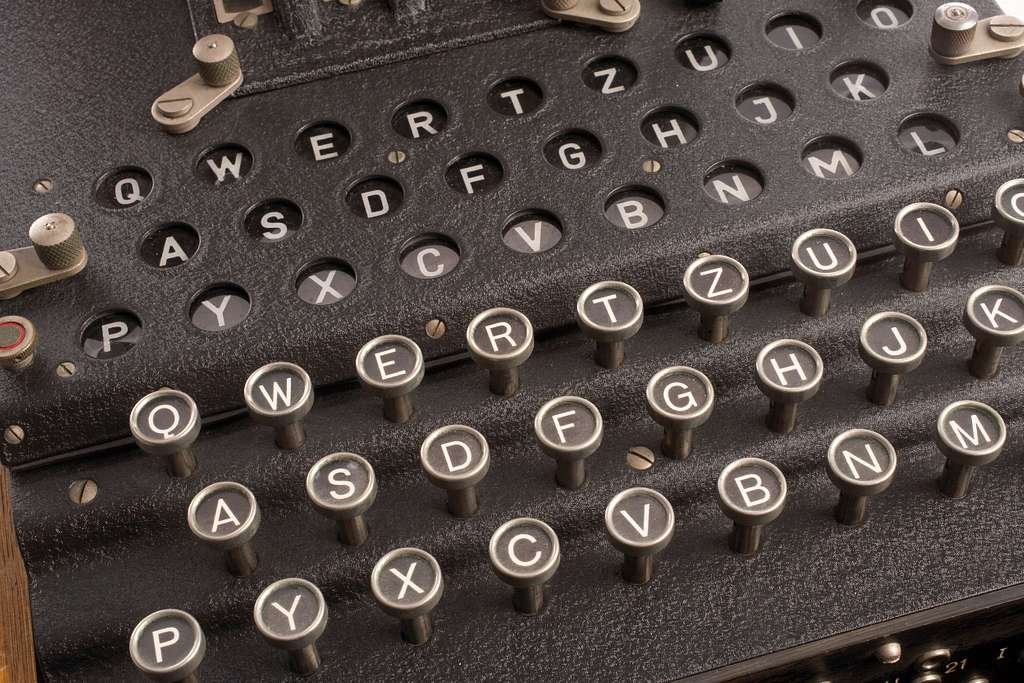
The Enigma Machine, while not a conventional weapon, held immense wartime significance. Utilized by Axis forces, it functioned as an encryption apparatus for military communications. Allied codebreakers, including the brilliant Alan Turing, successfully deciphered the Enigma code. This monumental achievement provided invaluable intelligence, enabling strategic insights into Axis plans and movements, thus playing a pivotal role in tipping the scales towards the Allied victory in World War II.
The Messerschmitt Me 262
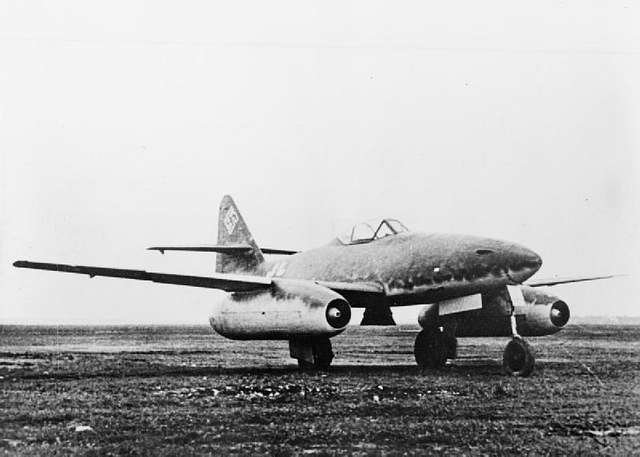
The Messerschmitt Me 262 was a groundbreaking achievement in aviation, representing Nazi Germany’s pioneering foray into jet-powered fighter aircraft. As the world’s first operational jet fighter, it held an unparalleled edge over any Allied counterparts, boasting remarkable speed and agility. Despite production challenges, the Me 262’s influence transcended World War II, catalyzing the development and evolution of jet aviation, revolutionizing the way the world would travel and wage air warfare.
The M4 Sherman Tank
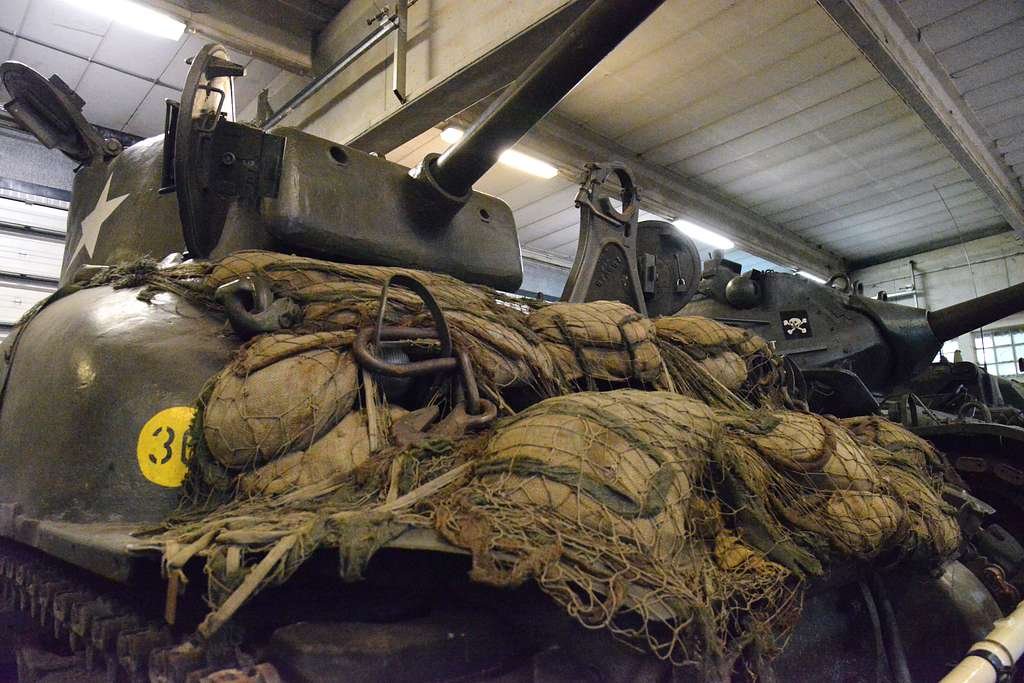
The M4 Sherman tank, known as the backbone of the Allied forces, was a linchpin during World War II. Although it lacked the sheer power of the Tiger tank, the M4 was celebrated for its dependability, straightforward production process, and adaptability. It played a pivotal role in pivotal engagements, including the D-Day landings and the liberation of Europe, showcasing its essential contribution to the Allied victory.
The U-Boat
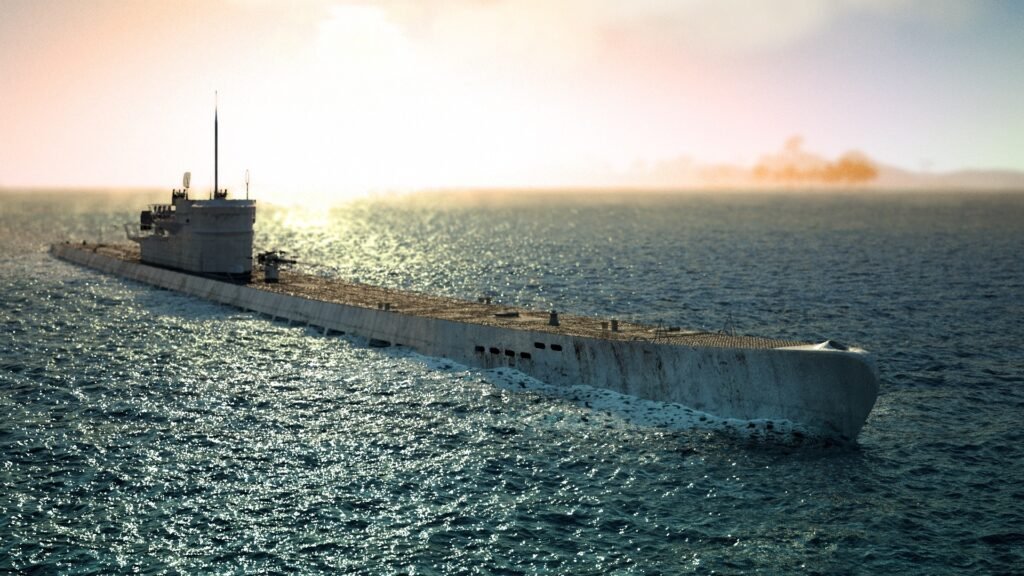
The German U-boats, or submarines, proved to be a relentless menace during the Battle of the Atlantic in World War II. Utilizing wolfpack tactics and sophisticated torpedoes, they wreaked havoc on Allied shipping, causing significant losses. The Allies were compelled to prioritize countermeasures against this deadly threat, highlighting the U-boat’s exceptional effectiveness in disrupting vital supply lines.
The Katyusha Rocket Launcher
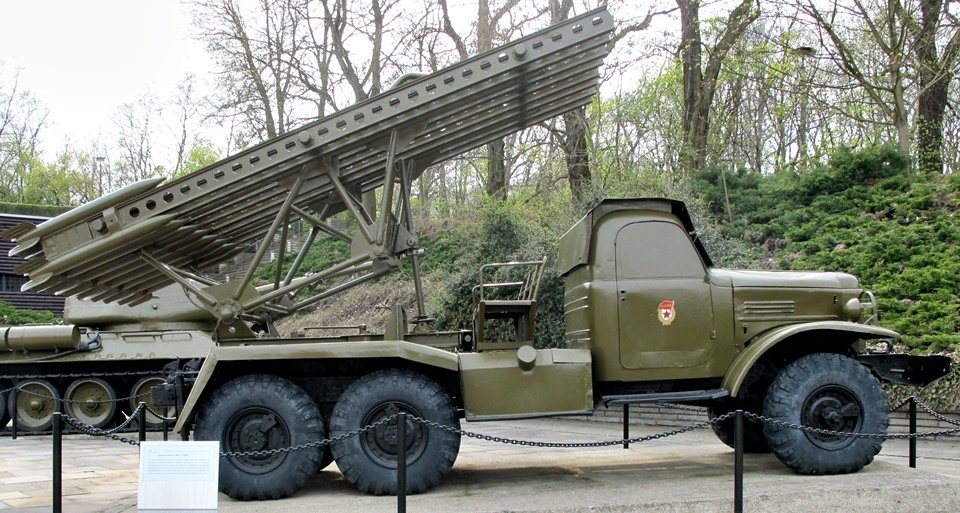
The Katyusha rocket launcher, an innovative Soviet creation, proved to be a game-changer in World War II. This artillery piece could unleash a relentless barrage of rockets across a vast battlefield, creating widespread chaos and saturating enemy positions. During the Eastern Front offensives, the Katyusha became an iconic symbol of Soviet firepower, showcasing the Red Army’s ability to deliver devastating firepower with unmatched precision and speed.
The Lancaster Bomber
The Avro Lancaster, a British heavy bomber, played a pivotal role in the strategic bombing campaign against Nazi Germany. Its reputation for carrying substantial bomb payloads and executing precision strikes made it an indispensable asset. The Lancaster’s relentless assaults on German industrial and transportation infrastructure were instrumental in weakening the enemy’s war machine, ultimately contributing significantly to the overall Allied war effort.
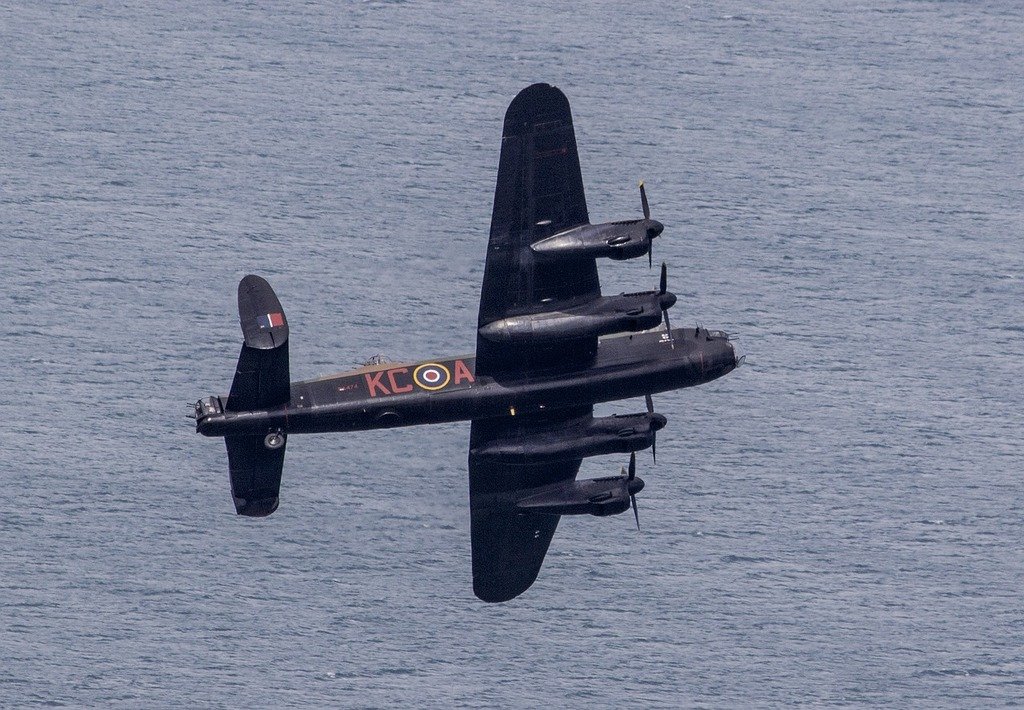
World War II witnessed the deployment of an array of deadly weapons that forever altered the course of history. From the unprecedented devastation wrought by the atomic bomb to the innovation of the P-51 Mustang and the formidable presence of the Tiger tank, these weapons shaped the war’s outcome. They left an enduring imprint on the evolution of military technology. Recognizing the impact of these weapons is essential to honoring the sacrifices made during this tumultuous period and understanding their far-reaching consequences on the world.

